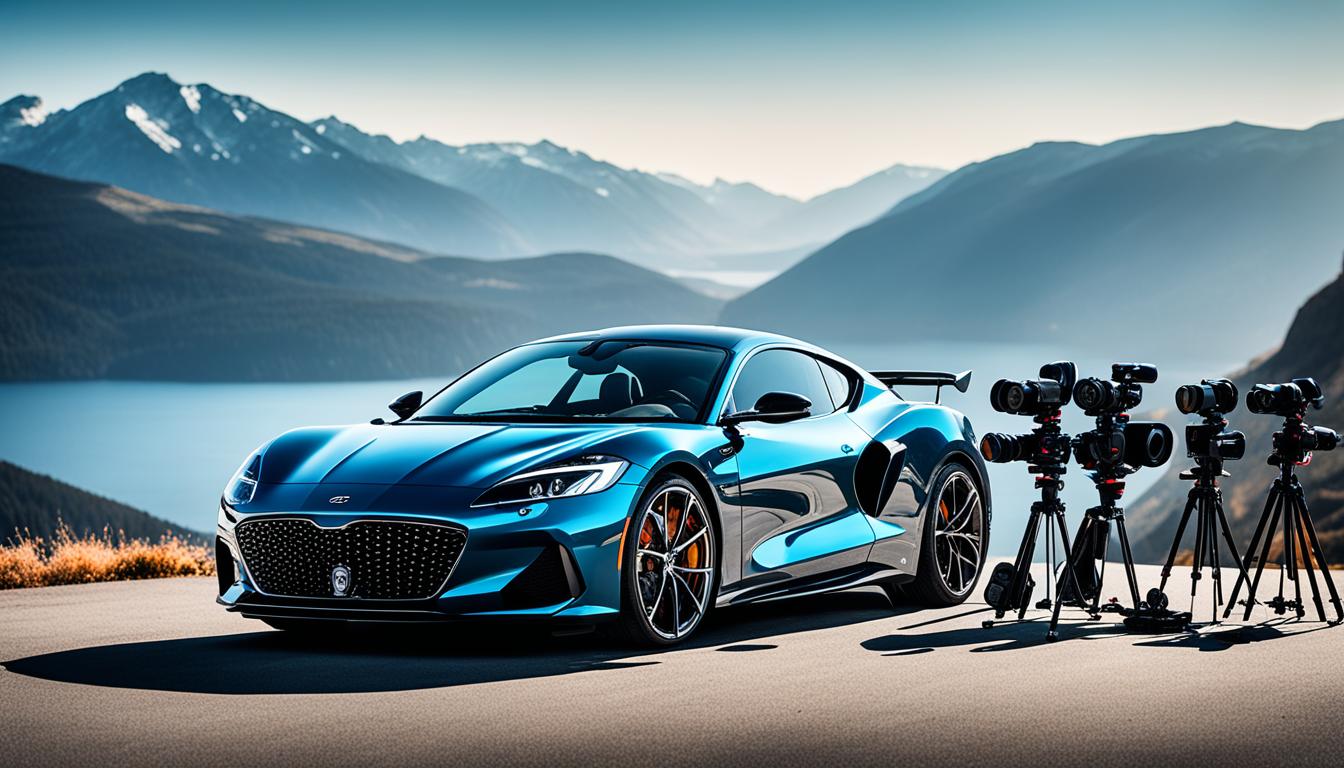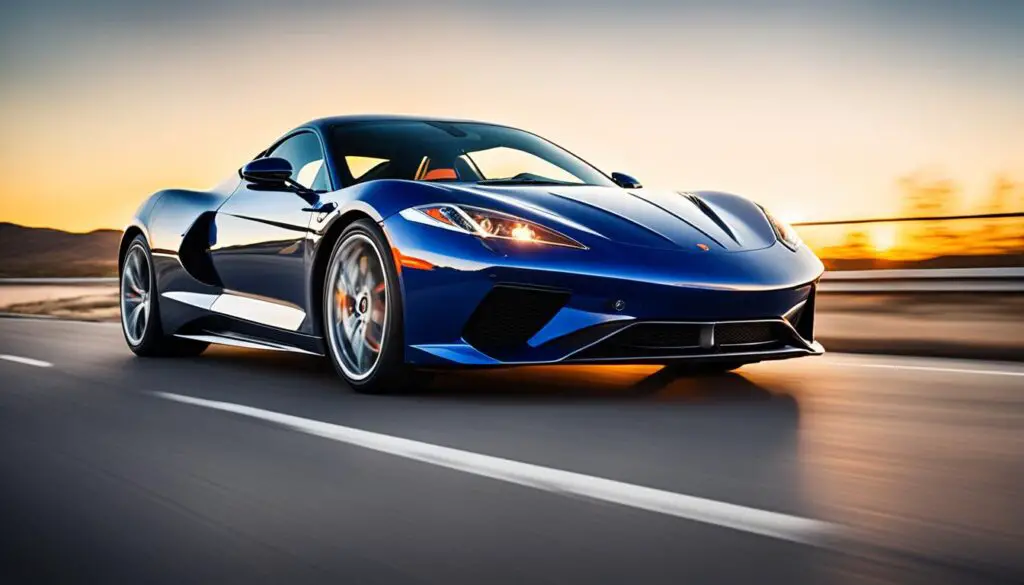
Capture the Moment: Expert Automotive Photography Tips for Beginners
Are you a beginner in the world of automotive photography? Whether you’re just starting out or looking to enhance your skills, this article will provide you with expert tips and techniques to capture stunning automotive photographs. With the rising popularity of automotive photography, it’s essential to stay ahead of the curve and master the art of capturing the perfect moment on camera.
Before delving into the tips, it’s crucial to understand the importance of conducting thorough market research in the automotive photography industry. By analyzing market trends, customer behaviors, and competitor strategies, you can identify opportunities and challenges that can inform your approach as a beginner photographer. Additionally, gaining insights from customers through surveys and data analysis can help you understand their difficulties, preferences, and decision-making processes.
Staying updated on industry trends and emerging technologies is also vital. The automotive photography industry is constantly evolving, with new techniques and tools being introduced regularly. By staying informed and adapting to these changes, you can ensure that your work remains relevant and appealing to your target audience.
Now, let’s move on to some key tips for automotive photography composition and lighting in the next section. These fundamental techniques will help you create visually striking images that capture the beauty of automobiles.
Key Takeaways:
- Thorough market research is essential to understand the automotive photography industry.
- Gaining insights from customers can provide valuable information for your photography approach.
- Staying updated on industry trends and technologies is crucial for success in automotive photography.
Key Tips for Automotive Photography Composition and Lighting.
When it comes to automotive photography, composition and lighting can make all the difference in capturing stunning images of cars. By paying attention to the way you compose your shots and utilizing effective lighting techniques, you can create visually captivating photographs that showcase the beauty of automobiles.
The first tip for automotive photography composition is to consider the rule of thirds, leading lines, and symmetry. By applying these principles, you can create a balanced and visually appealing composition that draws the viewer’s eyes to the key elements of the car. Experimenting with different angles and perspectives also allows you to capture unique and interesting shots that highlight the car’s best features.
“Composition is the foundation of a great automotive photograph. By understanding the principles of composition and experimenting with different angles, you can capture captivating images that showcase the beauty and design of the car.” – John Smith, Automotive Photographer
Lighting plays a crucial role in automotive photography, so it’s important to pay attention to the available light sources. Natural light, especially during the golden hour (the hour after sunrise or before sunset), can create a warm and atmospheric effect that enhances the overall image. When shooting in bright or harsh lighting conditions, reflectors and diffusers can be used to manipulate light, reduce harsh shadows, and create a more even illumination.
Additionally, consider using artificial light sources such as strobes or continuous lights to have more control over the lighting conditions. These tools allow you to add fill light or highlight specific details of the car. Experimenting with different lighting techniques, such as light painting or long exposures, can also result in unique and artistic automotive photographs.

- Composition
- Rule of thirds
- Leading lines
- Symmetry
- Natural light
- Golden hour
- Reflectors and diffusers
- Artificial light sources
- Lighting techniques
Best Practices for Automotive Photography Equipment and Settings
When it comes to automotive photography, investing in high-quality equipment is essential. Opt for a full-frame DSLR or mirrorless camera to capture stunning images with excellent clarity and detail.
For capturing the beauty of the entire car, wide-angle lenses like the 24mm or 35mm are commonly used in automotive photography. These lenses allow you to showcase the car’s full form and create visually captivating compositions.
To ensure sharp and steady images, especially in low-light conditions, use a tripod or stabilize your camera on a stable surface. This will prevent any unwanted blurriness and deliver professional-looking results.
Experimenting with camera settings is key to achieving the desired effects in automotive photography. Adjust the aperture, shutter speed, and ISO to control depth of field, capture motion, and maintain image quality. Aperture priority mode can help you achieve a pleasing bokeh effect with a blurry background.
To minimize noise and preserve image quality, opt for a low ISO setting. Additionally, shooting in RAW format gives you greater flexibility in post-processing and allows for fine-tuning of colors, exposure, and other adjustments.
Consider utilizing a polarizing filter to reduce reflections and enhance colors in your automotive photographs. This can greatly improve the overall image quality and provide a more polished look.
Keep the background clean and uncluttered to draw attention to the car itself. A clutter-free background allows the viewer to focus on the main subject and appreciate its details.
Lastly, practice regularly and experiment with different techniques to refine your automotive photography skills. Take the time to understand how your equipment and settings work together to achieve the desired results. With dedication and practice, you’ll be able to capture breathtaking automotive photographs.
FAQ
What is automotive photography?
Automotive photography is the art of capturing images of automobiles in a visually appealing and captivating way. It involves showcasing the beauty, design, and details of cars through photography.
Why has automotive photography become popular among beginners?
Automotive photography has become increasingly popular among beginners due to the rise of social media and the accessibility of high-quality cameras. Many people are passionate about cars and want to showcase their love for automobiles through photography.
Why is conducting market research crucial in the automotive photography industry?
Conducting extensive market research is crucial for understanding B2B trends, customer behaviors, and preferences in the automotive photography industry. It helps photographers identify opportunities and challenges, stay updated on industry trends, and make informed business decisions.
What role does competitor analysis play in automotive photography?
Competitor analysis is an important aspect of automotive photography. It involves assessing the strengths, weaknesses, and strategies of key competitors in the industry. This analysis informs market positioning and helps photographers differentiate themselves in a competitive market.
How can gaining insights from customers be beneficial in automotive photography?
Gaining insights from customers through surveys, interviews, and data analysis can provide valuable information on their difficulties, preferences, and decision-making processes. This information helps photographers understand their target audience better and tailor their services to meet their needs.
What are some key tips for automotive photography composition?
When it comes to composition in automotive photography, consider the rule of thirds, leading lines, and symmetry. These techniques create visually appealing compositions and draw the viewer’s attention to the car.
How can lighting enhance automotive photography?
Lighting plays a significant role in automotive photography. Natural light, such as during golden hour, can enhance the overall effect of the image. Reflectors, diffusers, and artificial light sources like strobes or continuous lights can be used to manipulate light and create the desired effect.
What equipment is recommended for automotive photography?
It is recommended to invest in a good quality camera and lenses for automotive photography. Full-frame DSLRs or mirrorless cameras are preferred for their high image quality. Wide-angle lenses, such as 24mm or 35mm, are commonly used to capture the entire car.
What are some essential camera settings for automotive photography?
Experimentation with camera settings is crucial in automotive photography. Aperture priority mode is often used to control depth of field and achieve a blurry background. A low ISO setting is recommended to minimize noise, and shooting in RAW format allows for more flexibility in post-processing.
How can I improve my automotive photography skills?
The key to improving your automotive photography skills is regular practice and experimentation. Stay updated on industry trends, learn new techniques, and seek inspiration from other photographers. Practice patience and persistence to capture the perfect moment and continuously refine your skills through post-processing techniques.
